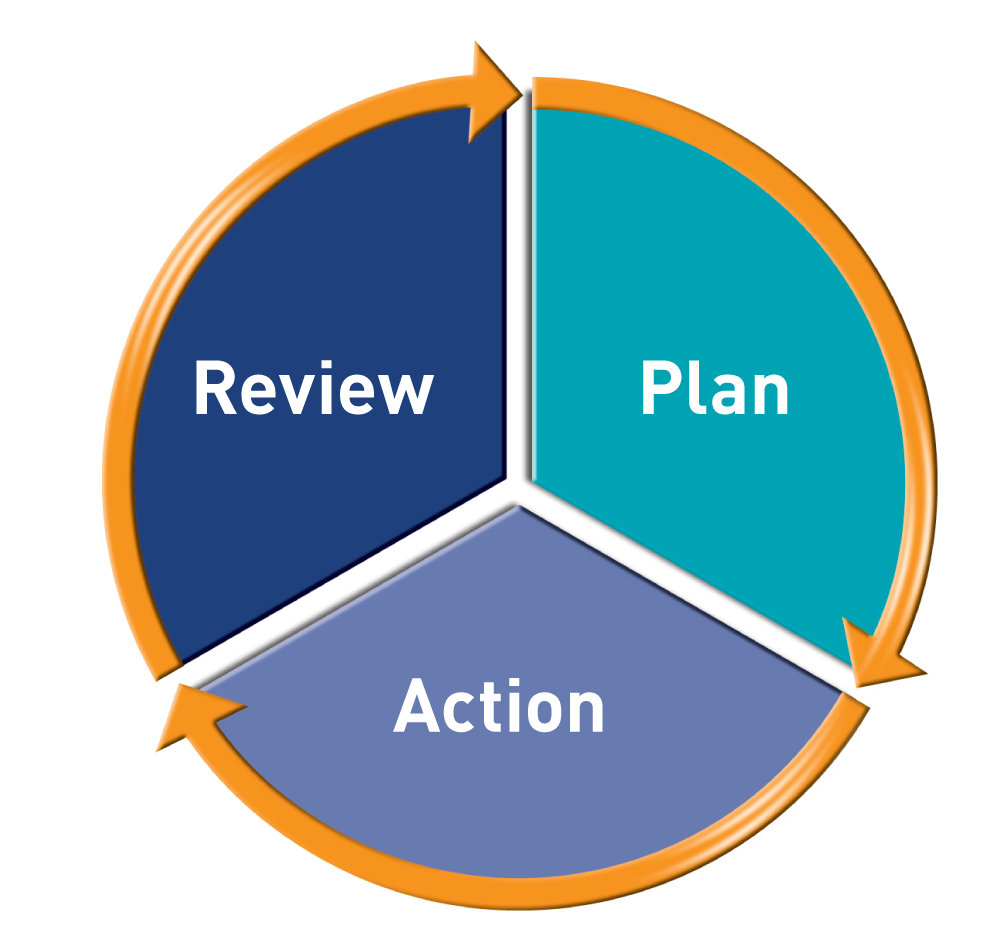The climbs can be tough at times, particularly when for small / medium sized businesses the Managing Director is so often the owner, operations director, sales director, marketing director and HR arbitrator all in one.
If
you recognise this picture, you’ll know that each rung of that ladder
is an effort. We all tackle the first few rungs with bold
adrenaline-fuelled enthusiasm. New business; fresh ideas; the sky’s the
limit; and perhaps you’ve someone backing you all the way.
Then …
it starts to get lonely up there; the ladder starts to wobble; your perspective, innovation, bright ideas all begin erode; new customers seem
harder to find; old clients harder to keep; and the snakes are getting
hungry.
Then,
when you hit that snake, you’re back where you started if not further
down the competitive board. Snakes can be pure competition, operational
mistakes or the effects of external forces – political, competitive,
climatic, economic … the list can be endless.
But,
snakes can also crop up as the result of the business manager, you,
taking on too much and dropping the ball at that 'oh so crucial' moment.
This is the time to stop – stand back and make time to work ON your business rather than just IN it.
This is the time to stop – stand back and make time to work ON your business rather than just IN it.
So, what’s the point?
The point is that the ladder is always steadier / safer / easier to climb if someone else is supporting it.
It
is obstinacy rather than strength that keeps you driving on, in the same
direrction, in increasingly hazardous commercial conditions.
“The difference between perseverance and obstinacy is that one often comes from a strong will, and the other from a strong won’t.”
These are the thought
provoking words of Henry Ward Beecher, a highly regarded American
Congregationalist, clergyman, social reformer, abolitionist and speaker
of the mid-19th century. If nothing else, his legacy is a collection of wise words and heart-felt wisdom…
“It is easier to go down a hill than up it, but the view is much better from the top.”
With help from intime PROFIT,
you have every chance of enjoying that view.
A strong will, could be asking for help; seeking advice; taking note of third party ideas, techniques and guidance; joining other business managers and owners at seminars designed to help grow your business.
A strong will, could be asking for help; seeking advice; taking note of third party ideas, techniques and guidance; joining other business managers and owners at seminars designed to help grow your business.
A strong
won’t, is to continue doing what you did yesterday, last year and the
year before. Business climates change and you have to change and adapt
too.
Try something new.
Intime PROFIT
was created to help business owners and managers ‘try something new’ - either in our Boardroom, or in yours.
Our Boardroom would be part of intime PROFIT's Business Builder. This is a 7 Step programme integrating One-to-One meetings and Boardroom Events.
The latter are focussed events for just 10 like-minded
business owner managers to introduce and share innovative tools to develop business profitably. These include deliverable methods
and ideas to help generate and convert
increasing numbers of quality enquiries and to turn more of these to profitable
business sales and / or relations.
One-to-One Meetings tailor a Business Builder Plan to a member’s specific business and
objectives; to Review your business activity and goals; help build a Plan tailored to deliver
these goals; and show how to Action the Business Builder Programme.
Your Boardroom could benefit by the addition of a fresh face, fresh perspective and fresh ideas in the form of Peter Boulton, founder of intime PROFIT, author of 'Thinking Profit' and Ambassador for IOD (Kent). As a Non-Executive Director, your Board would benefit overnight from Peter's vast range of management, sales and marketing experience.
To manage change,
create opportunity and exploit new strengths (no matter how solid your board), it
needs fresh impetus to grow the company’s true potential.
To find out more about intime PROFIT,
write to intime@intimeprofit.com or
call us on 08456 437 497.


















